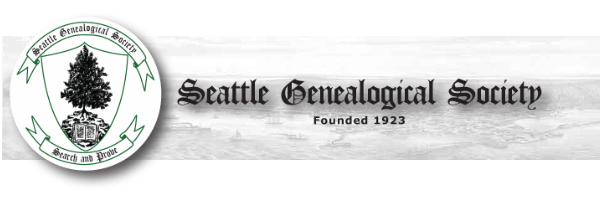
TIP OF THE WEEK –
SHARED DNA EXPLAINED IN A TABLE
It happens frequently. Someone orders an autosomal DNA test, returns their DNA specimen, and when their results come in, they are confused by what it all means — what is a cM (centimorgan), how significant is this amount of shared DNA, and why does the predicted relationship say this match is a first cousin, when it actually is a great uncle?
In Family Tree Magazine online, I found the basics of DNA matches explained concisely, along with a table titled “Estimating Relationships from Shared DNA”. It all fits on one printed page. A cheat sheet, if you will; it should be helpful to the DNA novice. The table is compact with each row showing:
- average shared DNA in cM
- average shared DNA in percentages
- probable/possible relationship(s) for this amount of shared DNA
- range of shared DNA in cM for this relationship
Here’s the link to the page: https://mcusercontent.com/2b76c2acbc8531a2e530e3d9c/files/c24cf322-0006-da9c-a69b-8355df4e722e/How_to_Use_Shared_DNA_to_Determine_Relationships.pdf
If you are interested in learning more about DNA, SGS has two user groups, the DNA Special Interest Group that meets quarterly, and a DNA Workshop Group that meets monthly. See the Calendar of Events on the SGS website for upcoming meetings.
https://seagensoc.org/